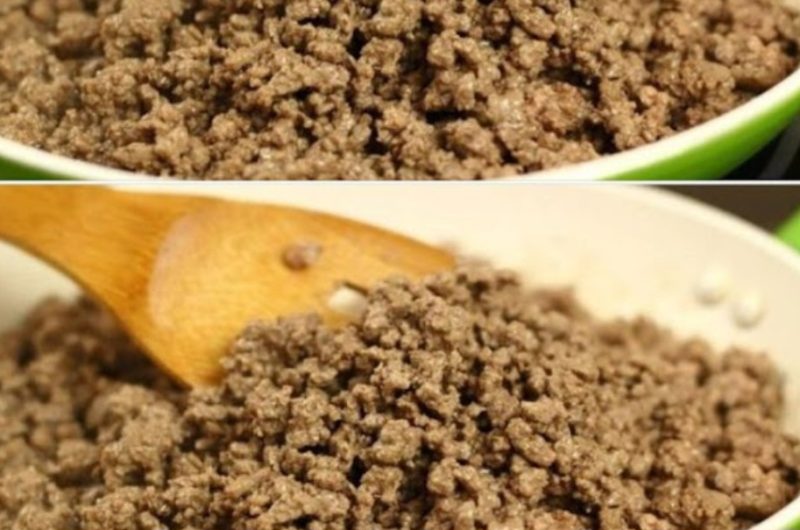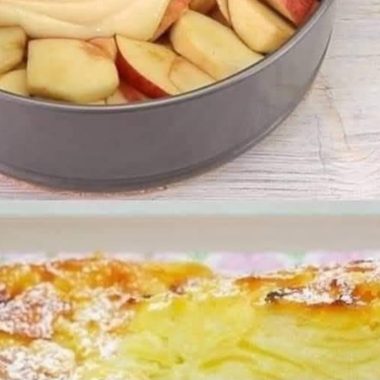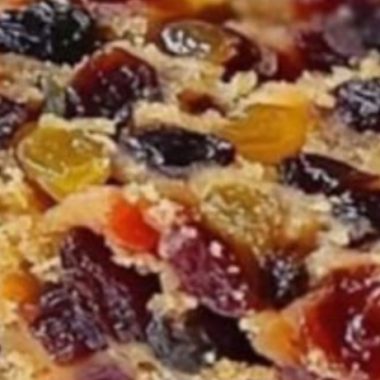Why People Rinse Ground Beef
Many home cooks consider rinsing ground beef to achieve specific goals:
- Reduce Fat Content: Rinsing is believed to wash away excess fat, making dishes healthier.
- Remove Impurities: Some think it eliminates blood, debris, or packaging residues.
- Mild Meaty Smell: Rinsing may reduce the raw beef’s strong odor.
While these intentions are well-meaning, rinsing ground beef isn’t always the best practice.
The Case Against Rinsing Ground Beef
Food safety experts generally advise against rinsing ground beef for several compelling reasons:
1. Risk of Bacteria Spread
- Raw ground beef may contain harmful bacteria like E. coli or Salmonella. Rinsing can splash these pathogens onto surfaces, increasing cross-contamination risks.
- Cooking to 160°F (71°C) effectively kills bacteria, making rinsing unnecessary.
2. Nutrient and Flavor Loss
- Rinsing washes away fat, water-soluble nutrients, and flavor compounds, potentially compromising taste and quality.
3. Unnecessary Step
- Modern ground beef is processed under strict regulations, ensuring minimal impurities.
- Natural juices and odors are safe and add flavor during cooking.
When Rinsing Might Be Acceptable
While rare, there are specific scenarios where rinsing could be considered:
- Excessive Fat Reduction: For very lean recipes, rinsing might help, but blotting with paper towels is safer and more effective.
- Cleaning Pre-Packaged Beef: If beef appears slimy or has a strong odor due to improper storage, rinsing might help, but check for spoilage first.
Best Practices for Handling Ground Beef
Follow these tips for safe and delicious results:
1. Choose Quality Meat
- Select high-quality ground beef with appropriate fat content (e.g., 80/20 for burgers, 90/10 for lean dishes).
2. Practice Safe Handling
- Wash hands, utensils, and surfaces before and after handling raw beef.
- Use separate cutting boards for raw meat and other ingredients.
3. Cook Thoroughly
- Cook to 160°F (71°C) and use a meat thermometer to ensure doneness.
4. Blot Instead of Rinse
- Pat raw or cooked beef with paper towels to reduce fat or moisture.
Alternatives to Rinsing for Leaner Results
Try these methods to reduce fat without rinsing:
- Blot with Paper Towels: Drain grease and blot cooked beef to absorb fat.
- Use Leaner Cuts: Choose 90/10 or 93/7 ground beef for less fat.
- Chill Before Cooking: Freeze beef for 10–15 minutes to firm it up, making fat removal easier.
Final Thoughts: To Rinse or Not to Rinse?
In most cases, avoid rinsing ground beef. The risks of cross-contamination outweigh any benefits. Focus on proper cooking, safe handling, and alternatives like blotting for delicious, healthy results.
Skip the rinse, cook to perfection, and enjoy your meal! 🍖✨
You May Also Like:
Cajun Shrimp and Steak Alfredo Pasta
Rack Proof: New York Style Cheesecake
Enjoy!






